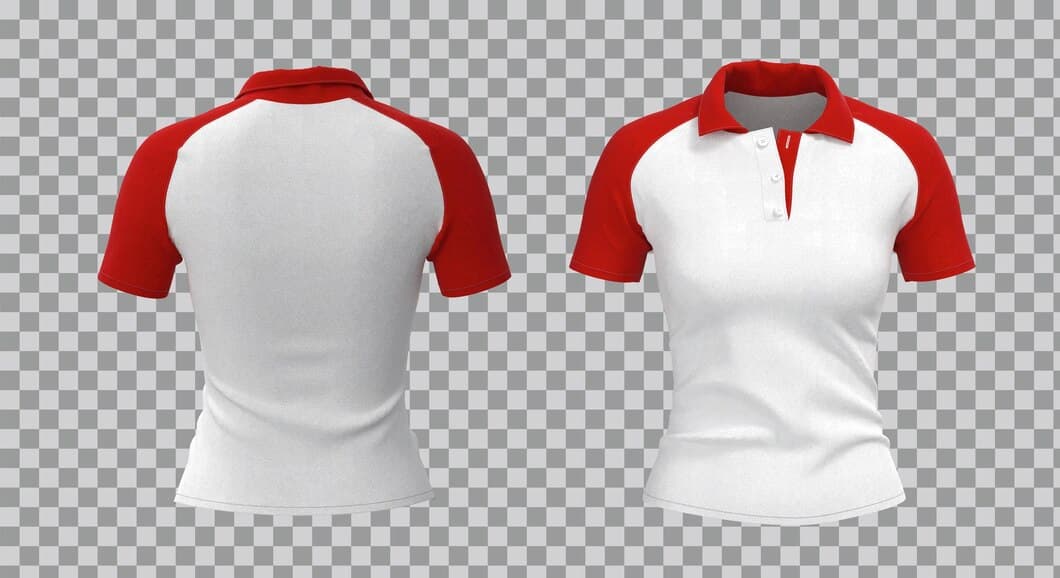How Do I Start A Small Brand?

Starting a small brand can be a daunting task, but it is definitely possible with the right planning and execution. It is important to identify your target audience and understand their needs. This will help you develop a brand that is relevant and appealing to them. You should also create a strong brand identity that includes a logo, brand colors, and a consistent brand message.
You need to choose the right name for your brand. The name should be memorable, easy to pronounce, and relevant to your brand's identity. You should also research the market to make sure that the name is not already being used by another company. You may also want to consider registering a trademark for your brand name to protect it from being used by others.
How do you define your brand?
Defining your brand is essential for creating a strong and recognizable identity for your business. A brand is more than just a name and logo; it encompasses everything from your company's values and mission to its products and services. By clearly defining your brand, you can create a consistent brand experience that will help you attract and retain customers.
When defining your brand, it is important to consider your target audience. Who are you trying to reach with your products or services? What are their needs and wants? Once you understand your target audience, you can start to develop a brand that will appeal to them.
Your brand should also be consistent across all channels. This means using the same branding on your website, social media, and marketing materials. By creating a consistent brand experience, you can make it easier for customers to recognize and remember your brand.
Finally, your brand should be authentic. It should reflect the true values and personality of your business. By being authentic, you can create a brand that customers can connect with on a personal level.
How do you build a brand identity?
Building a brand identity is key for a small business to stand out from the competition. Creating a strong brand identity involves several steps. Firstly, define your brand's values, mission, and target audience. What makes your brand unique? What are the core values that drive your business? Identifying your target audience will help you tailor your brand message and marketing efforts. Secondly, develop a consistent brand aesthetic. This includes choosing a logo, color palette, and typography that represents your brand's personality and values. Consistency across all marketing materials, from your website to social media, is essential for building brand recognition.
Finally, create a brand voice and tone. This involves determining how your brand communicates with its audience. Is your brand's tone professional and formal, or more casual and friendly? Establishing a consistent brand voice will help you build a strong and recognizable brand identity that resonates with your target audience.
How do you create a marketing plan?
Before you dive into creating a marketing plan, take some time to research your target audience. It is essential to understand their demographics, interests, and needs. This will help you tailor your marketing messages and strategies to resonate with them. Conduct market research to gather insights into your competitors, industry trends, and potential opportunities.
Set clear and achievable marketing goals. What do you want to achieve with your marketing efforts? Do you want to increase website traffic, generate leads, or drive sales? Once you have defined your goals, you can develop a plan that outlines the steps you will take to achieve them.
Choose the right marketing channels. There are a variety of marketing channels available, so it is crucial to choose the ones that will reach your target audience most effectively. Consider using a combination of online and offline channels and utilize different marketing formats like content marketing, email marketing, and social media promotions.
Track and measure your results. It is necessary to track your marketing efforts to see what is working and not. Use analytics tools to monitor your website traffic, campaign performance, and other relevant metrics. Analyze the data and make adjustments as needed to improve your marketing efforts continuously.
What are the top resources for starting a small brand?

There are many resources available to help you start a small brand. Some of the top resources include online courses, books, and articles. You can also find helpful information and advice from mentors, industry experts, and online communities.
One of the best ways to learn about starting a small brand is to take an online course. There are many different courses available, so you can find one that fits your budget and learning style. Many courses cover topics such as branding, marketing, and business planning.
You can also learn a lot about starting a small brand by reading books and articles. There are many great books available on the topic, and you can find helpful articles online and in magazines. Reading about the experiences of others can help you avoid common mistakes and learn from their successes.
How do I choose a business name?
One of the most important decisions you’ll make when starting a small brand is choosing a business name. Your business name is your brand’s identity, and it will be used on everything from your website to your social media profiles. That’s why it’s important to choose a name that is memorable, relevant to your brand, and easy to pronounce and spell.
There are a few things to keep in mind when choosing a business name. First, you’ll want to make sure that the name is available. You can do this by searching for the name on the USPTO website. You’ll also want to make sure that the name is not already being used by another business in your industry. Once you’ve found a few names that you like, it’s a good idea to get feedback from friends, family, and potential customers. This will help you to choose a name that is well-received and that will help your brand to stand out.
How do you develop a brand strategy?
A solid brand strategy is akin to a blueprint for a construction project. It forms the foundation of your brand's identity and guides your marketing efforts. Thus, developing a cohesive brand strategy is a crucial step towards establishing a successful brand. So, let's explore the steps involved in crafting an effective brand strategy.
Begin by understanding your target audience. Delve into their demographics, psychographics, and behaviors to gain insights into their aspirations, pain points, and motivations. This knowledge will help you tailor your brand messaging and effectively connect with them.
Next, define your brand's core values, mission, and vision. These fundamental elements will shape the personality and direction of your brand. Consider what your brand stands for, its purpose, and the impact it aspires to make.
Finally, create a brand style guide. This guide will ensure consistency in your brand's visual identity across all platforms. Define your brand's logo, colors, fonts, and imagery to maintain a recognizable and cohesive presence.
How do you promote a small brand?
One of the most effective ways to promote a small brand is to create valuable content that your target audience will find useful and engaging. This could include blog posts, articles, infographics, videos, or anything else that provides your audience with value. Make sure your content is high-quality and well-written, and that it is relevant to your target audience's interests.
Another great way to promote your small brand is to use social media. Social media is a great way to connect with your target audience, build relationships, and promote your products or services. Make sure to create engaging content that will resonate with your target audience, and interact with your audience regularly.
Finally, don't forget to use email marketing to promote your small brand. Email marketing is a great way to stay in touch with your target audience, promote your products or services, and build relationships. Make sure your email campaigns are well-crafted and engaging, and that you are segmenting your audience so that you can send them targeted messages.
How do you measure the success of a brand?
An effective way to evaluate a brand's success is to track its financial performance. This includes metrics such as revenue, profit, and market share. Another aspect to consider is customer satisfaction, which can be measured through surveys, feedback analysis, and customer lifetime value.
Brand awareness is another important metric, reflecting how well the brand is recognized and recalled by consumers. This can be measured through surveys and social media monitoring.
Finally, employee engagement and satisfaction can provide insights into the brand's internal culture and its overall health. This can be measured through surveys, interviews, and performance evaluations.
How do you protect your brand?
Branding is an important part of any business. It's what makes your company stand out from the competition and helps customers remember who you are. But how do you protect your brand once you've created it?
There are a few key things you can do to protect your brand.
First, make sure you have a trademark for your brand name and logo. This will give you legal protection against other companies using your brand without your permission.
Frequently Asked Questions

Conclusion
Starting a small brand can be a daunting task, but it is definitely possible with the right planning and execution. By following the steps outlined in this article, you can increase your chances of success. Remember to start small, focus on your target audience, and be patient. Building a brand takes time and effort, but it is worth it in the end.
With a little hard work and dedication, you can turn your small brand into a successful business. Just remember to stay focused on your goals, and don't give up on your dreams.